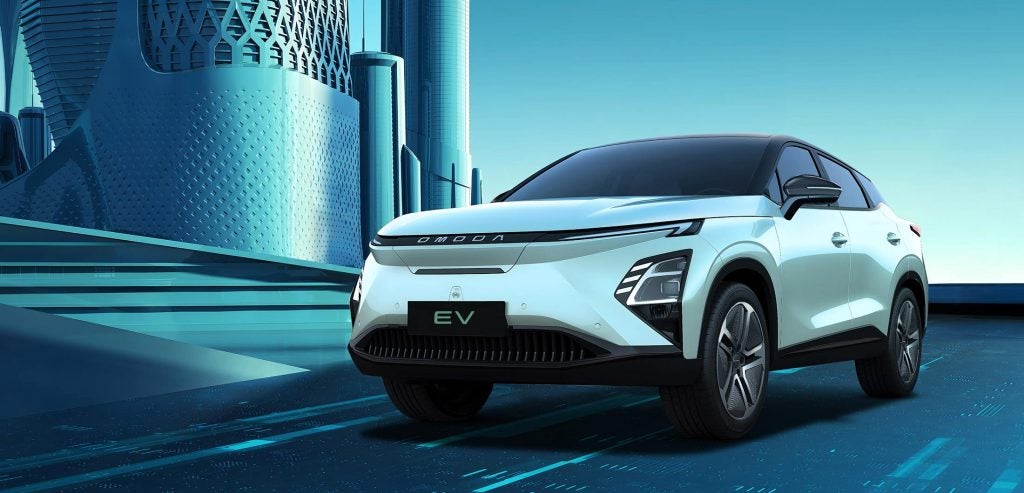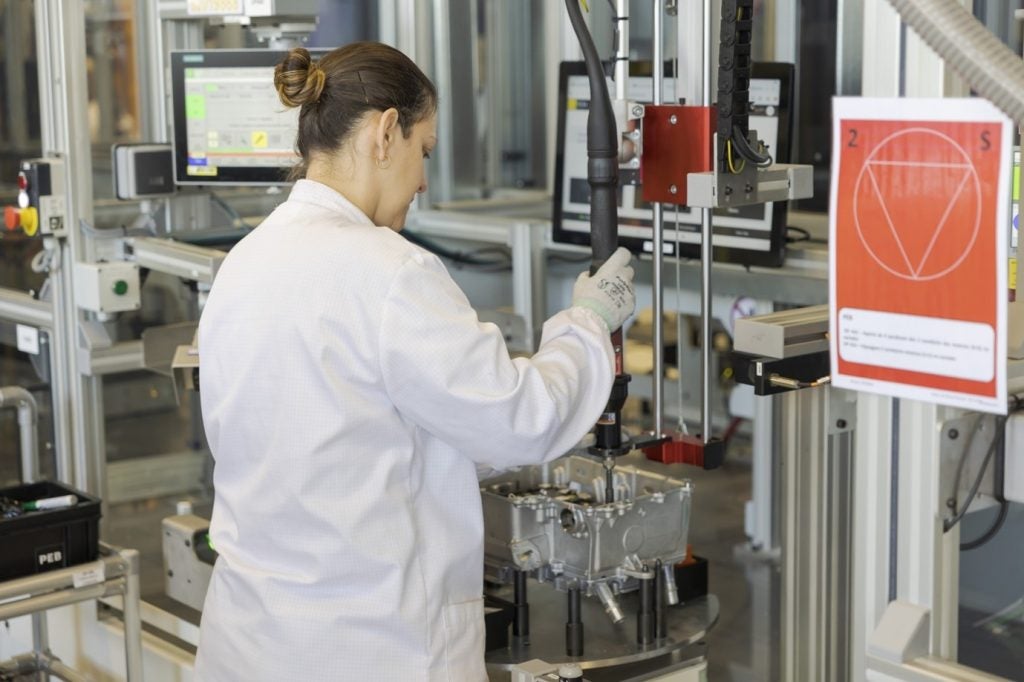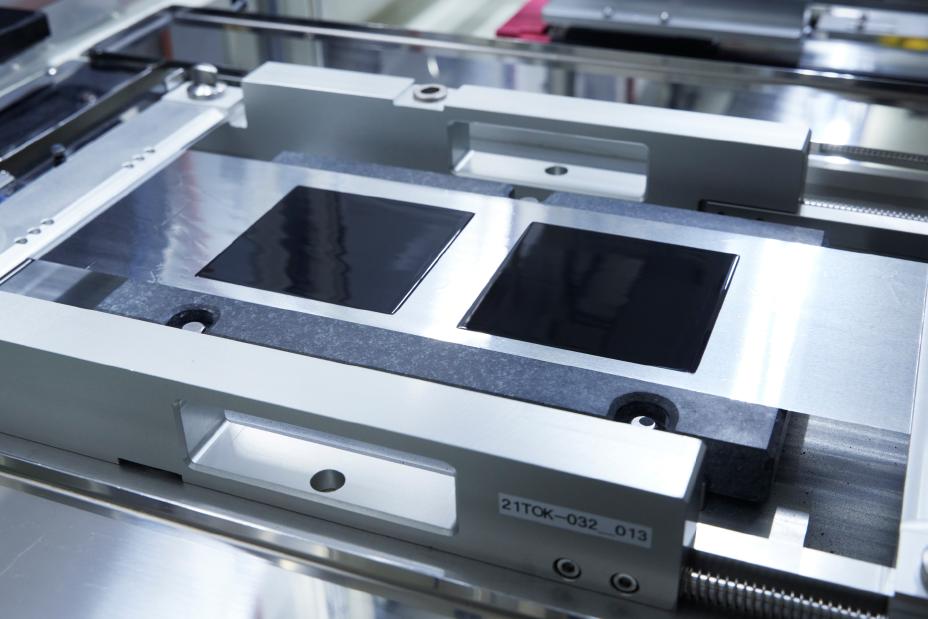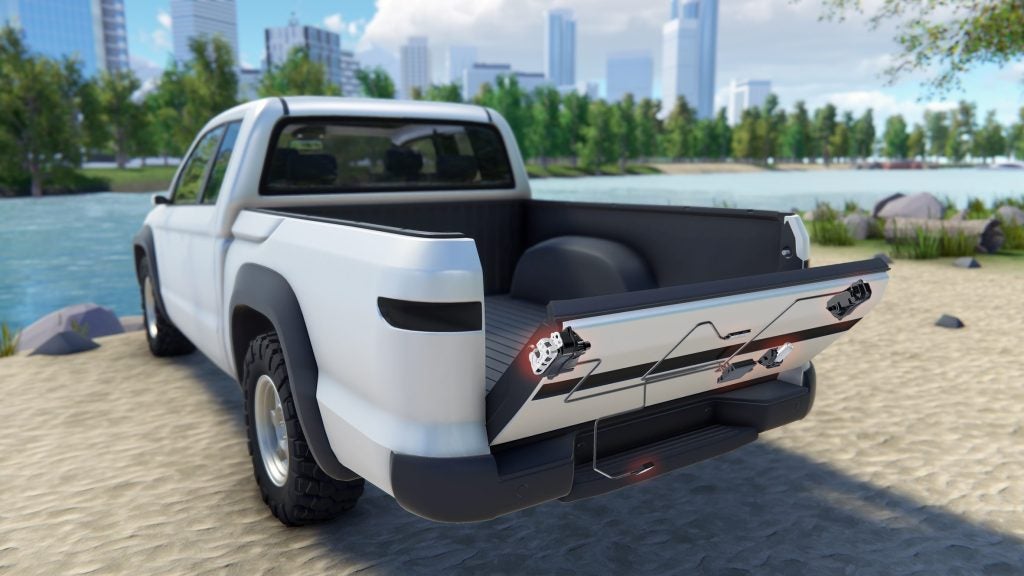The so-called ‘scenic’ route from airport to hotel was anything but – this being Malaga-Marbella on the dual carriageway that slices towns in half – so we resorted to inspecting the interior of the new car more closely.
“I’ve got 17 buttons on this steering wheel,” said regular j-a contributor and co-driver Chris ‘CJ’ Wright. “And there’s more down here.” Down here was a panel on the left. Click. Lane departure warning, bringing up a nice instrument panel graphic display and colour changes and chimes to alert you of any deviance. Click. Steering assist weighting changes. Click. Steering wheel rim heat. What? In a Kia?
Yup – and that was on top of the full leather trim, electric adjusted and heated seats, dual-zone climate control, full panoramic sunroof, navigation, rear view camera, self-parking and a whole heap of other stuff in the latest Ceed hatchback, sales of which start in May/June.
We were in the top-line car to start because I, of course, had wanted to try the new dual-clutch, six-speed automatic that replaces the conventional four-speeder with petrol engines. Developed in-house by Hyundai-Kia, it works very well though we didn’t have time to try it in an urban setting. It was coupled to a new direct injection 1.6 that’s also new in the Ceed this time around.
Any idea all this sort of tech is going to be available at a bargain price versus class biggies like the Focus and Astra was soon dispelled by Kia UK executives. “We aren’t going to sell ourselves short,” was how one put it. “Pricing will be very competitive” but a top trim level ‘4 tech’ is probably going to be in the mid 20s in British pounds though you’ll be able to dive in at level one for GBP14,500 or so. That will offer a choice of 1.4-litre petrol or diesel, the 1.6GDi and diesel will kick in at level 2, likely to be the most popular, and there’ll be 3 and 4 with extra goodies. Level 2 and 3 are most likely where the automatic options – a conventional new six-speeder for the diesel – will be available.
See Also:
Level 2 buyers aren’t likely to feel impoverished. Kia was able to wheel out an early right hand drive car – Irish spec – to show us “probably level 2” which has conventional manual a/c and a standard audio system but some exterior embellishments like front fog lamps and a few interior trim tweaks.
How well do you really know your competitors?
Access the most comprehensive Company Profiles on the market, powered by GlobalData. Save hours of research. Gain competitive edge.

Thank you!
Your download email will arrive shortly
Not ready to buy yet? Download a free sample
We are confident about the unique quality of our Company Profiles. However, we want you to make the most beneficial decision for your business, so we offer a free sample that you can download by submitting the below form
By GlobalDataIn the UK, Kia has the Ceed in the C1 segment – non-premium – good for 300,000 units a year and hopes to sell 15,000 for a share of 5%, split two-thirds fleet and one third retail.
Neither Ford nor Vauxhall will be quaking in their boots but the new Kia certainly seems a worthy competitor on looks, performance, equipment, build quality and, especially, much improved cabin materials and finish. Wagon versions will follow in September and the three-door, like the Astra, a stylish ‘coupe’, early in 2013.
For the five-doors we sampled, overall length is up 50mm to 4,310mm and height reduced 10 mm (to 1,470 mm) by lowering the ride height on the same 2,650mm wheelbase as its predecessor. While the overall body shell is 10mm narrower, the front and rear track have been increased by 17mm and 32mm respectively.
As before, the unseen and oily bits are shared with Hyundai’s i30, already on sale here in the UK, built in the Czech Republic. Across most of western Europe the Slovak-built Ceed will have two petrol engines – a 1.4 MPI and the 1.6 GDI producing 100 and 135ps respectively – plus two diesels – a 90PS 1.4 WGT and a 1.6 VGT diesel offered in two states of tune (110 and 128ps) to suit market tax needs – UK gets only the latter.
Kia expects that engine will, in fact, be the most popular choice in most markets.
The new 1.6-litre Gamma GDI engine was introduced in the latest Sportage.
The Ceed will also be available with fuel-saving technologies developed under the company’s EcoDynamics sub-brand to optimise efficiency and lower emissions. These technologies, which will be available on both diesel and petrol models with manual transmission, include ISG (start/stop), low-rolling resistance tyres and an alternator management system (AMS).
The new Flex Steer system – one of those aforementioned buttons on the left – introduces three operating modes – comfort, normal and sport – allowing the driver to vary the level of steering assistance and the weight of feedback.
New standard equipment includes tilt and telescopic steering wheel adjustment, iPod, aux and USB plugs, six speaker audio system and a multi-mode trip computer.
A choice of bright chrome, piano black and anodised metal trim accents will be offered, while indirect LED lighting of the centre console and sweeping door handles comes with higher levels. Seat and cabin trim will be available in a choice of two colours as standard – black one-tone and stone beige two-tone – in cloth, with full leather optional.
There are now two instrument displays, higher level cars get a neat TFT cluster (that bids you farewell with a graphic of the car’s tail and the lamps as eyes) while keyless entry/start, dual-zone climate control, powered driver’s seat adjustment and the panoramic glass sunroof are also options.
The cars can also be built with LED daytime running lights, fixed cornering lamps (illuminated depending on steering angle), and HID headlamps that turn the low beam to match curves in the road and enhance the driver’s night vision.
We also tried the 1.4 diesel which proved so torquey we thought it was the 1.6 and the manual 1.6 petrol with six speeds.
Overall, the impression was highly favourable. Both hatchback and wagon (there for a look but don’t touch) are as stylish as the Astra, inside and out and the driving experience more than satisfactory. Soon after its launch in 2007, a UK consumer website suggested the original Ceed was a worthy, value-for-money alternative to established class leaders like the Vauxhall and the Focus. This time around, the price gap may be narrower but the suggestion should stand.







